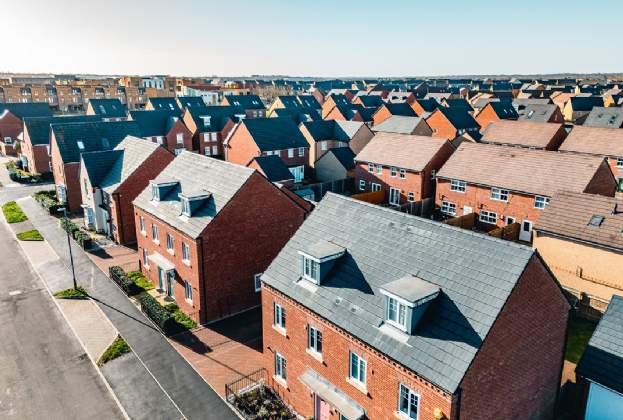Strong economic growth around the M27 corridor* is increasing the pressure for more homes and workplaces and failure to meet this demand may inhibit long-term growth, according to our latest research.
Savills The Future of the M27 Corridor report highlights that the area’s economy is growing faster than the national average, driven by a flourishing tech sector and further expansion of maritime industries, consumer spending and inward investment. But strong growth is exacerbating the housing shortfall and putting further strain on an undersupplied commercial market.
The six local authorities along the M27 corridor need at least 20,000 new homes over the next five years to meet current housing need. But if new development continues at the current pace, the area will have a shortfall of 4,600 homes over the next five years, which could restrict further economic growth.
The low level of supply has contributed to the increase in house prices in the area, which over the year to September 2016 grew between 8 per cent and 10.7 per cent, above the national average of 7.1 per cent.
Office space in the western M27 area is also now undersupplied. Average annual take-up has been 265,000 sq ft over the past 10 years. There is currently around 430,000 sq ft available in the market, half as much as in 2011 and the lowest level on record. With no new build developments currently in the pipeline, and only 50,000 sq ft currently under refurbishment, this reflects a potential need for 845,000 sq ft to be provided over the next five years.
Looking ahead, there is potential to bring forward more commercial space through residential-led mixed use schemes, where higher values achieved by residential could be used to cross-subsidise other uses. This is most likely to be on brownfield sites and in urban locations.
Savills research has identified three key hotspots for mixed-use opportunities, including The Royal Pier regeneration, Southampton, the Tipner-Horsea Island site, Portsmouth, and land north of North Whiteley at Junction 9. Funding for speculative commercial development has been very restricted in the past, however achieving funding for residential-driven schemes has proven to be comparatively easier. These developments can also boost a regeneration of an area, attracting new retailers and leisure providers as well as new homes.
It is vital that local authorities along the M27 corridor area work together to meet the housing and offce space demand created by a growing economy. Planners, developers and house-builders must make sure that people are able to live and work in the same area and that new communities can evolve. Well thought through transport solutions are essential to support additional housing in the area and ensure a sustainable outcome.
*local authorities of Eastleigh, Fareham, Havant, Gosport, Portsmouth and Southampton.
Further information
.jpg)









